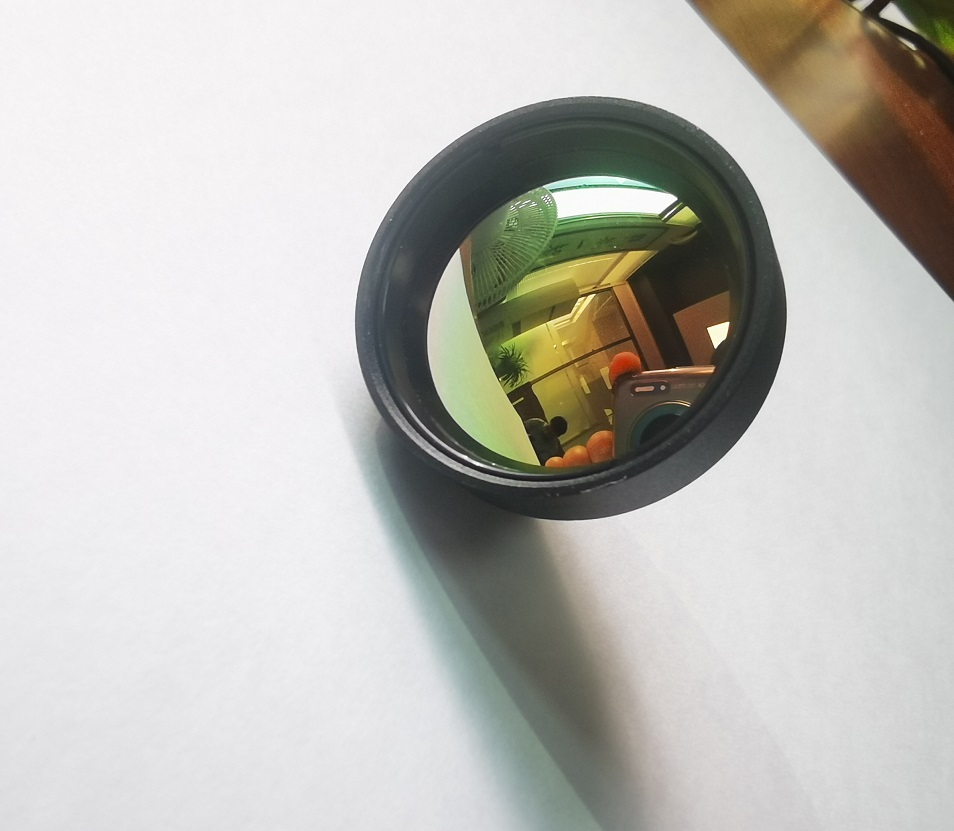Company News
Upgraded capabilities of infrared lenses: A new chapter in thermal vision technology

The application of infrared thermal imaging technology has penetrated into various fields, including military, security, firefighting, medical, etc. With the advancement of technology and the increase in demand, the imaging capabilities of infrared lenses have also been greatly enhanced. Today's infrared lenses use advanced technologies and materials, such as infrared optical materials, sensor technology and image processing algorithms, to make their images clearer and more accurate, greatly improving their imaging capabilities.
Basic principles of infrared lenses
Infrared lenses work based on the principle of infrared thermal radiation and generate images by receiving thermal radiation emitted by objects. Infrared cameras sense the infrared radiation emitted by objects, convert it into electrical signals and further process them, ultimately producing high-quality infrared images. Infrared images can display the heat distribution of objects, thereby enabling target detection, monitoring and imaging.
Key technologies of infrared lenses
The improvement of the imaging capabilities of infrared lenses comes from the breakthroughs and applications of several key technologies:
Infrared optical materials
Infrared optical materials are the basis for infrared lenses to provide clear imaging. Advanced infrared optical materials can enhance optical transmittance and anti-scattering capabilities, and improve the resolution and contrast of infrared images.
Sensor Technology
Infrared sensor is one of the most critical technologies in infrared lenses. With the development of microelectronics technology, the sensitivity and response speed of infrared sensors have been greatly improved. A new generation of infrared sensors enables high-resolution, high-sensitivity and low-noise imaging to provide more accurate infrared images.
Image processing algorithm
Infrared images usually contain a lot of noise and interference information. In order to extract effective target information, image processing is required. Modern infrared lenses can reduce noise, improve contrast and detail by using advanced image processing algorithms, such as multi-level filtering, adaptive enhancement and dynamic range compression, making the final infrared image clearer and more detailed.
Applications and advantages of infrared lenses
Infrared lenses are increasingly used in various fields. Here are some of the main applications and advantages:
Military and security
Infrared lenses are widely used in target detection, night vision, drone monitoring and other tasks in the military and security fields. Its high definition and long-range detection capabilities make it a critical security and investigation tool.
Fire and Emergency Rescue
Infrared lenses can quickly and accurately locate and monitor fire sources or trapped persons in firefighting and emergency rescue, provide real-time information and guidance, and help improve rescue efficiency and reduce losses.
Medical and scientific research
Infrared lenses can be used in medical and scientific research for applications such as disease diagnosis, body temperature detection, infrared microscopy, and thermodynamic analysis. Its high sensitivity and high resolution enable it to capture tiny temperature changes, providing an important tool for medical and scientific research.
Summarize
The continuous development of infrared lens applications and technology makes it an indispensable and important tool in various fields. Through the application of infrared lenses, we can obtain more comprehensive and accurate information, thereby improving work efficiency and safety. Not only that, the continuous innovation of infrared lenses also provides huge potential for a wider range of applications in the future.
 English
English  German
German Japanese
Japanese Korean
Korean Vietnamese
Vietnamese French
French Spanish
Spanish भारत
भारत



